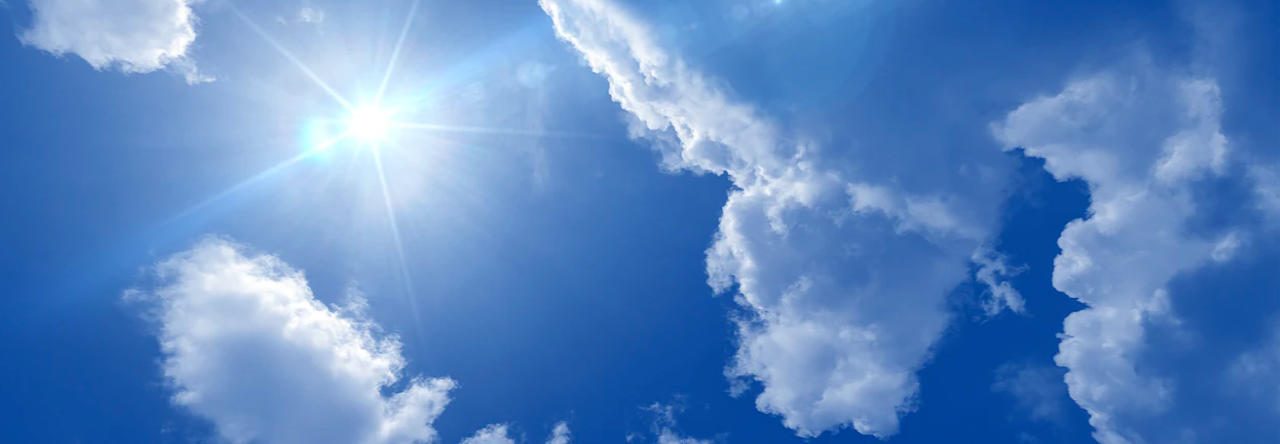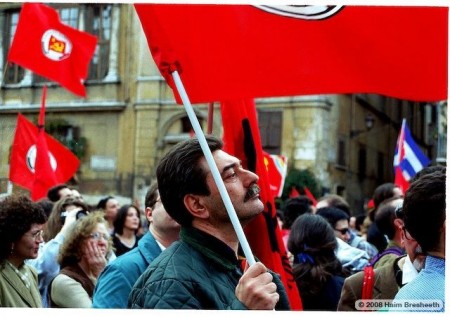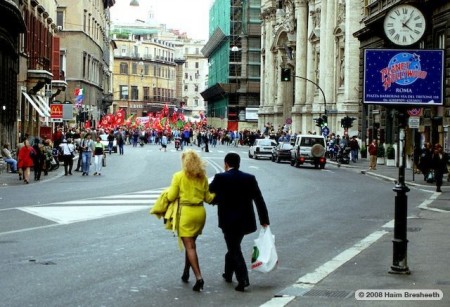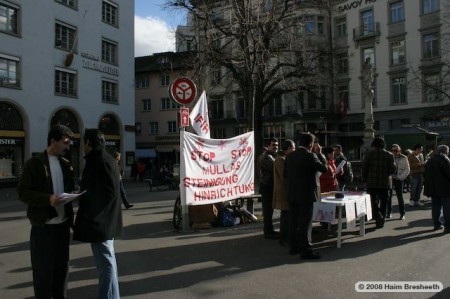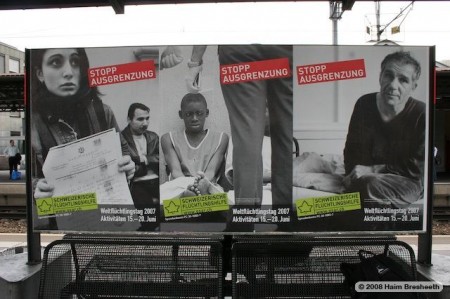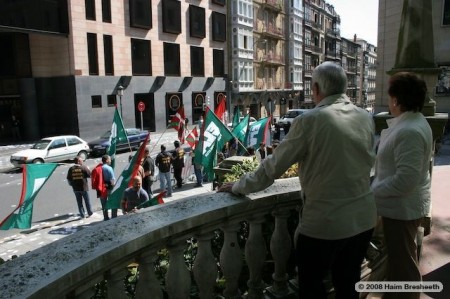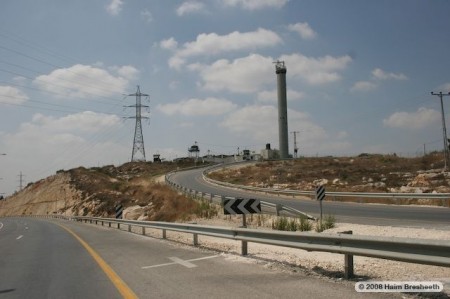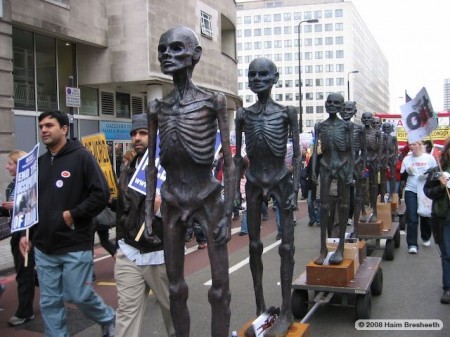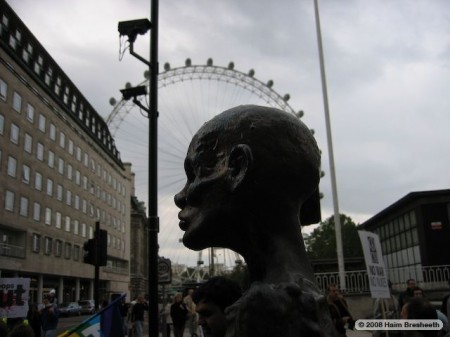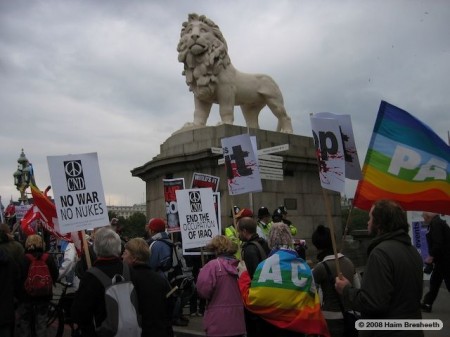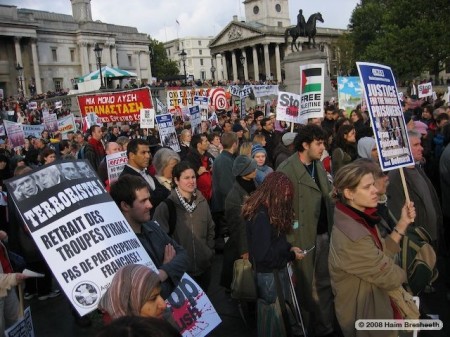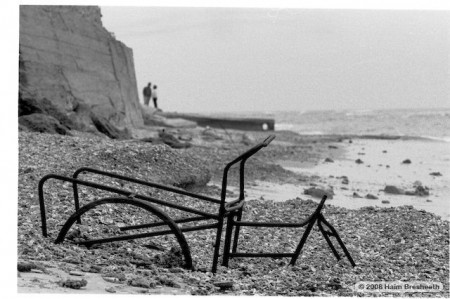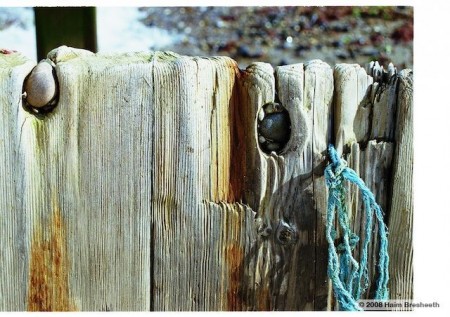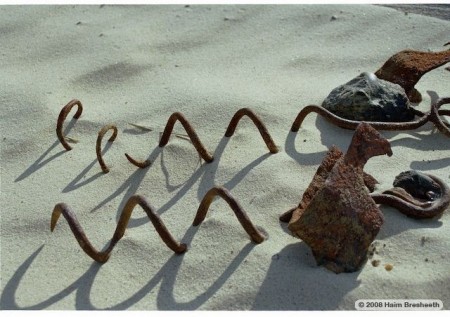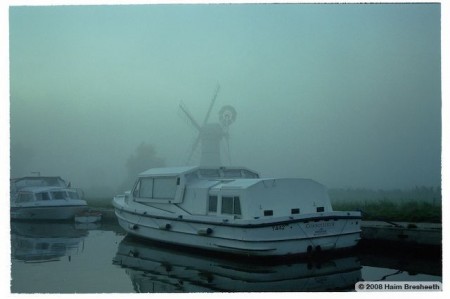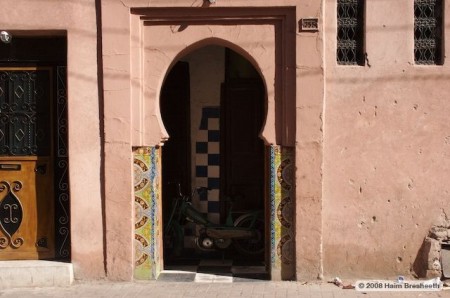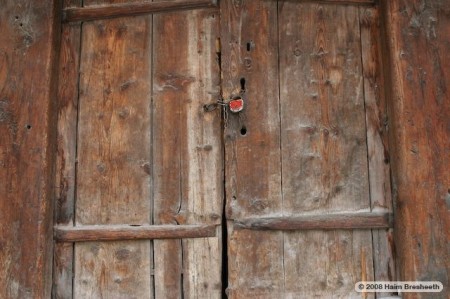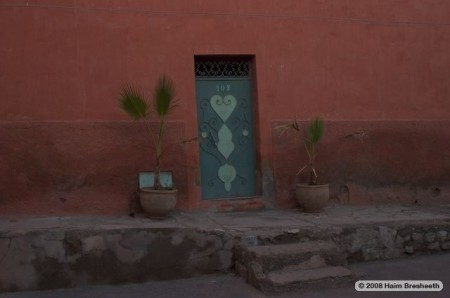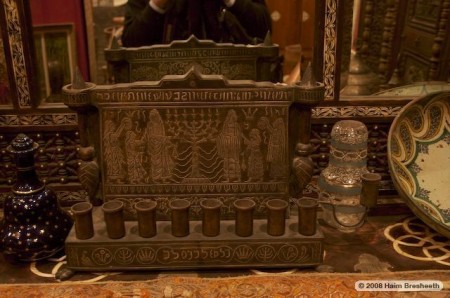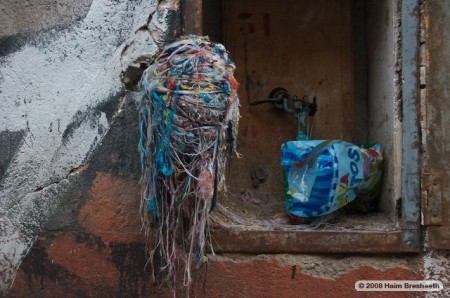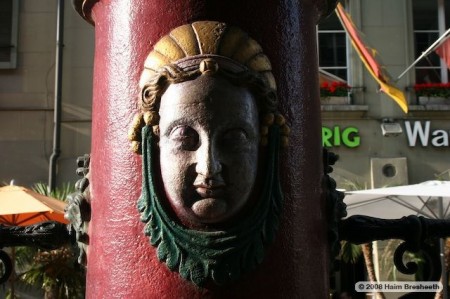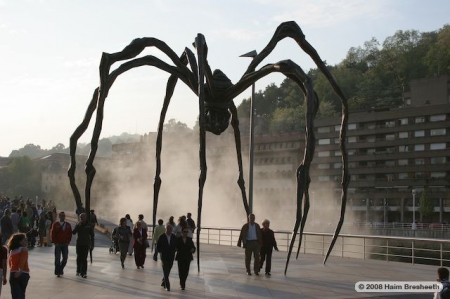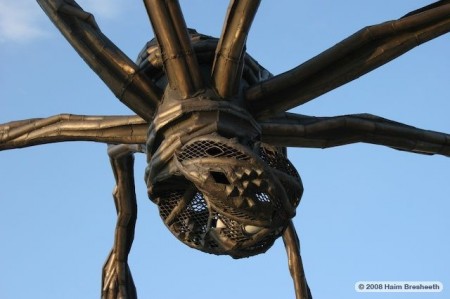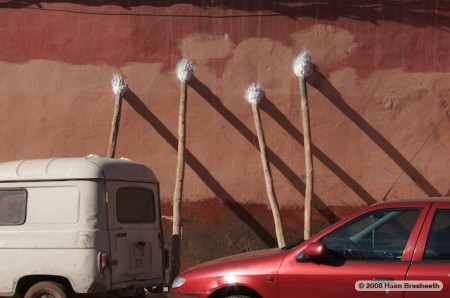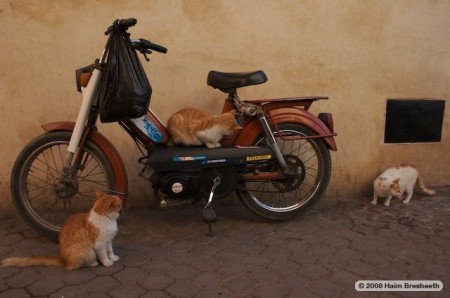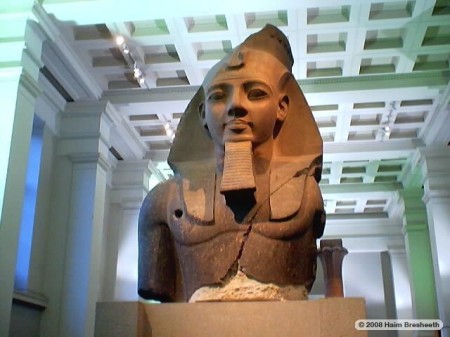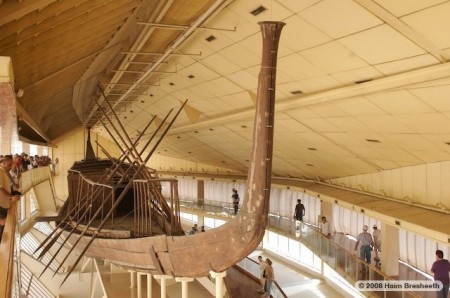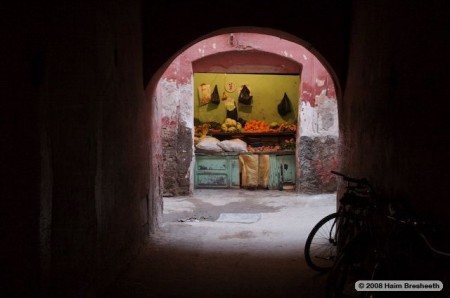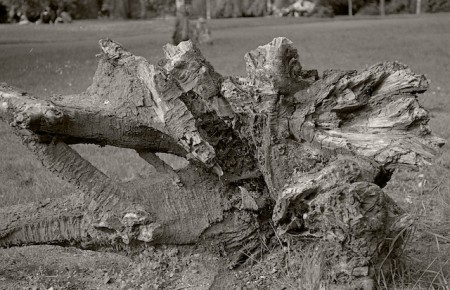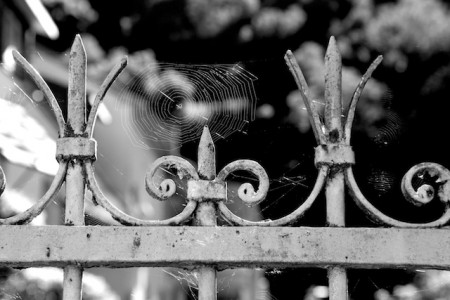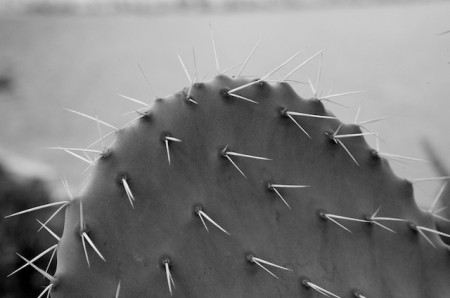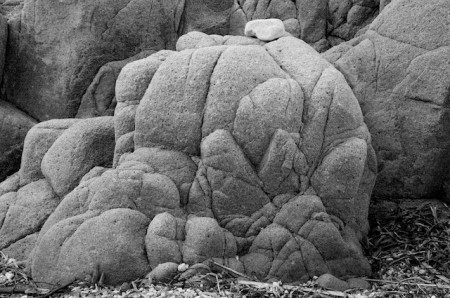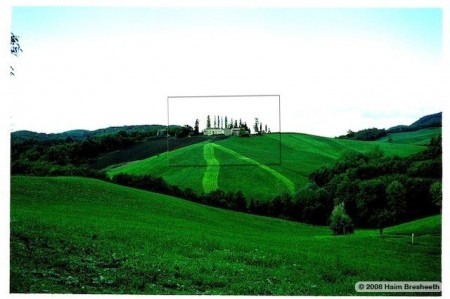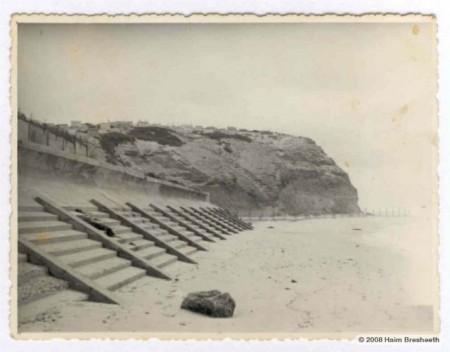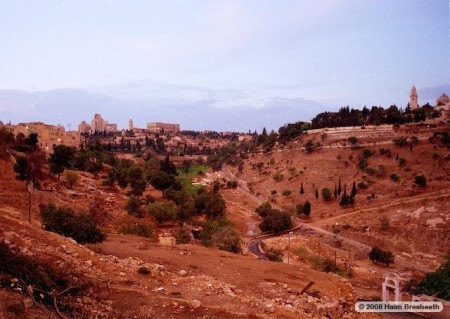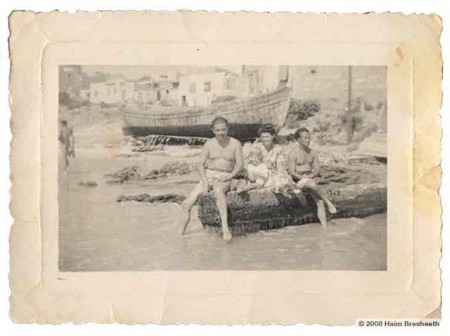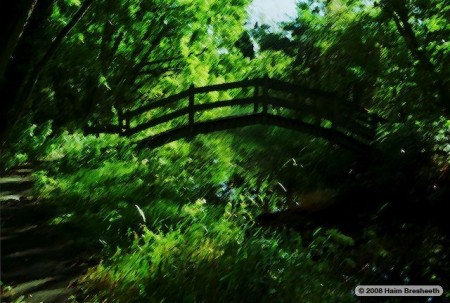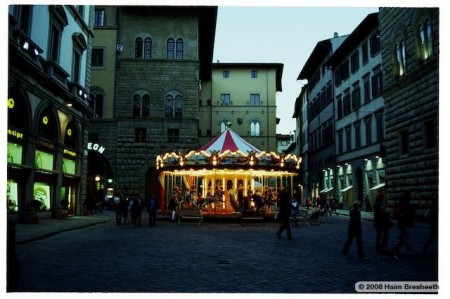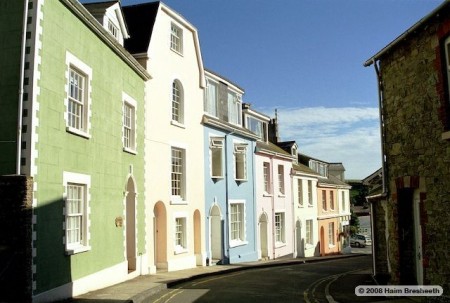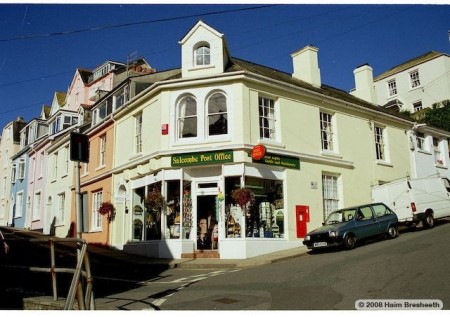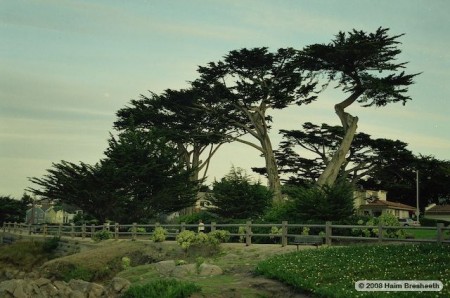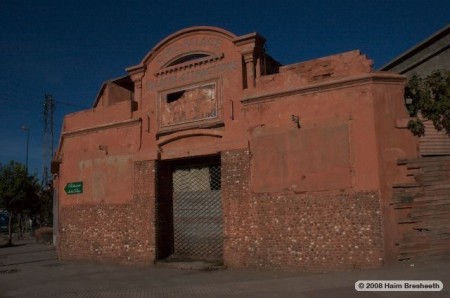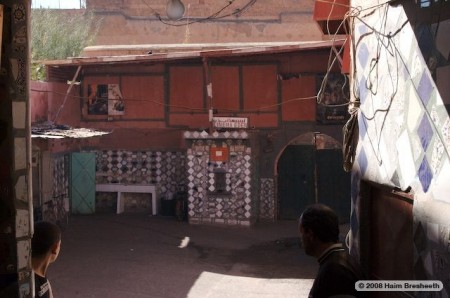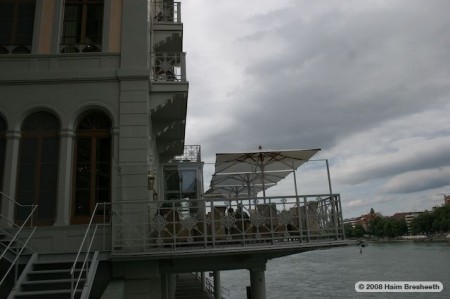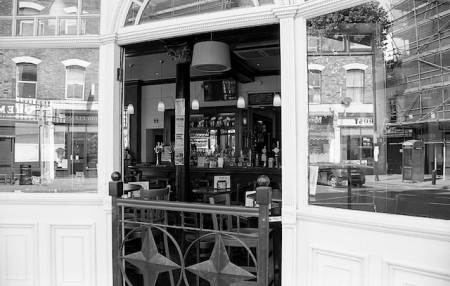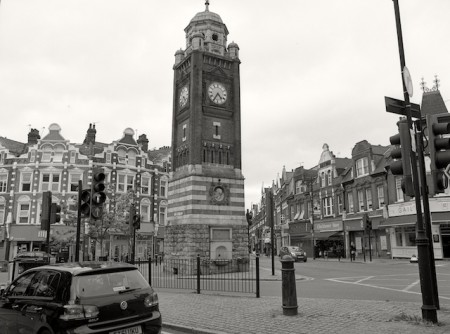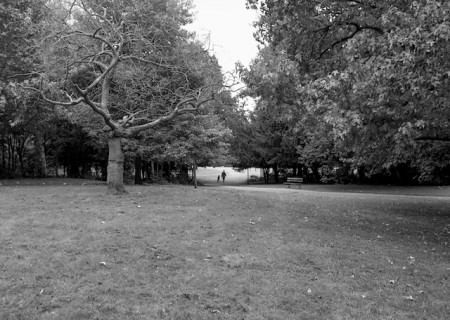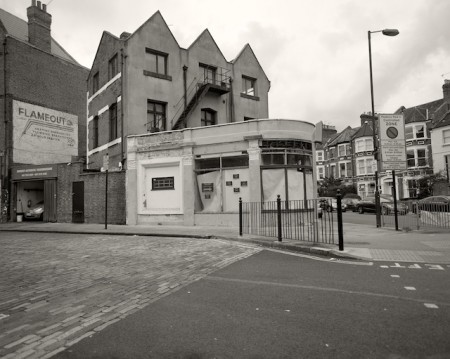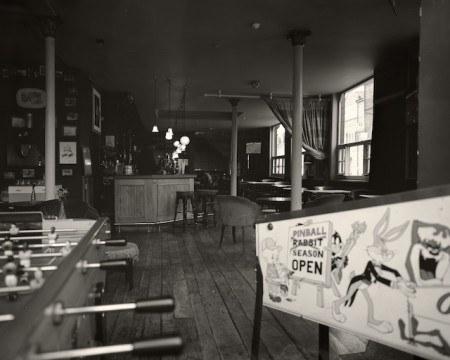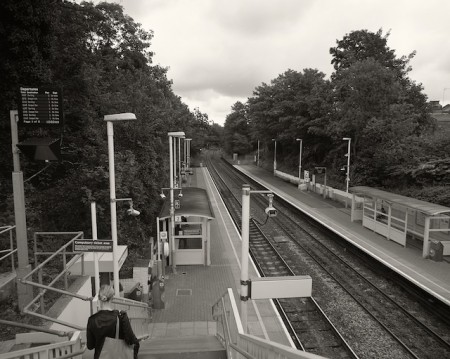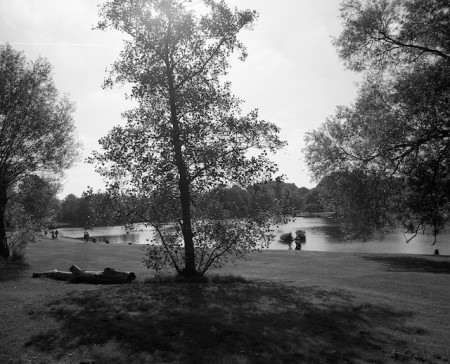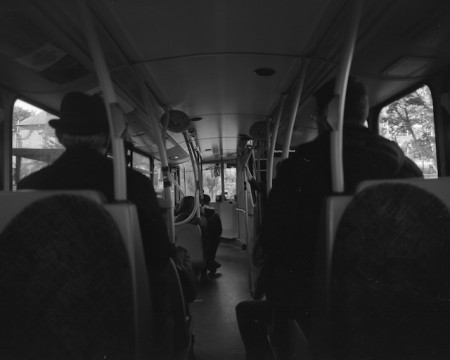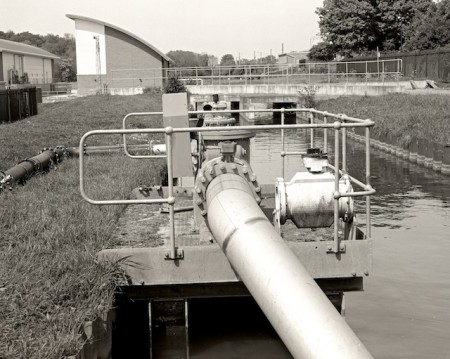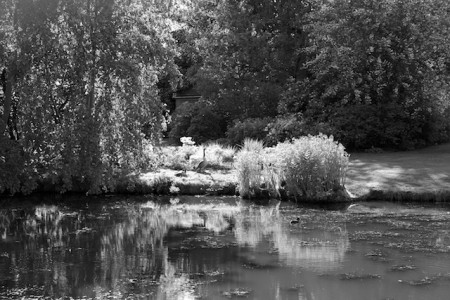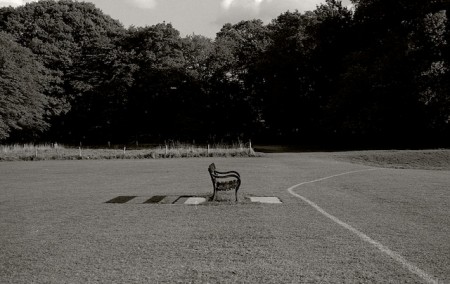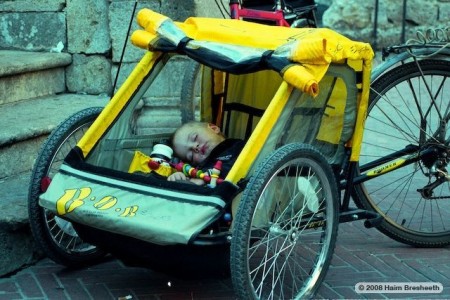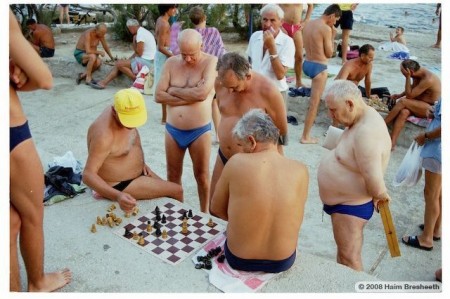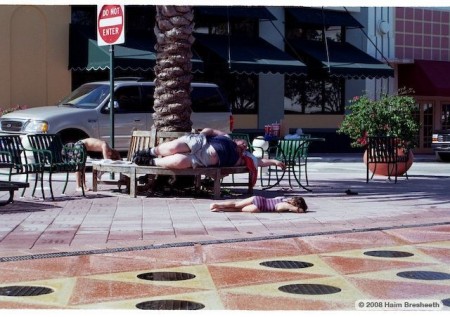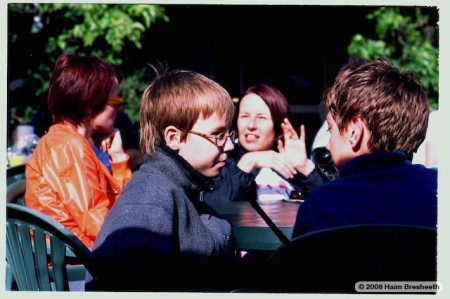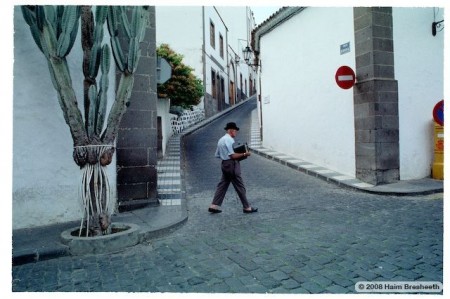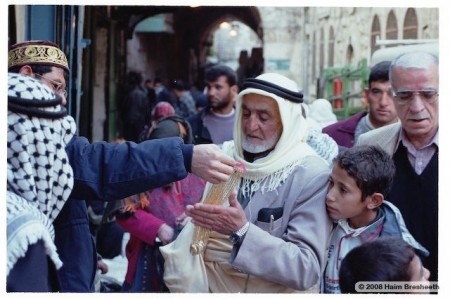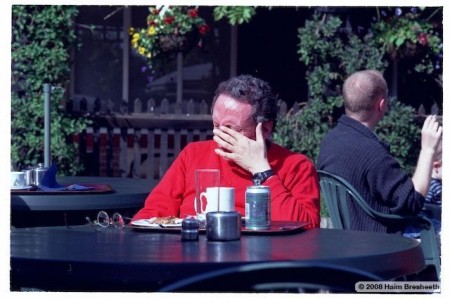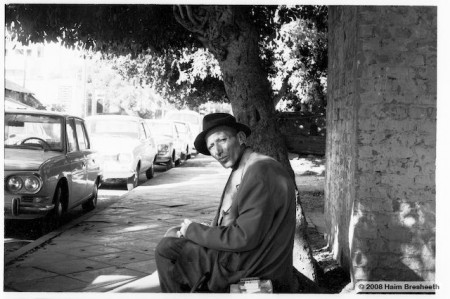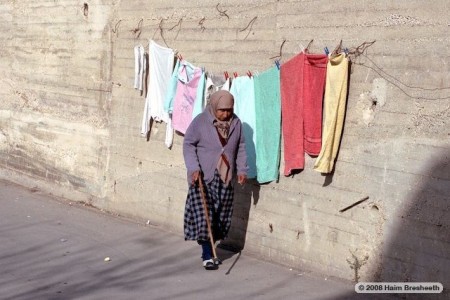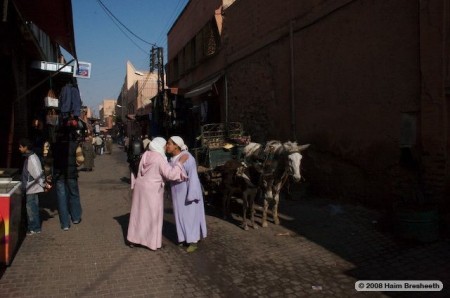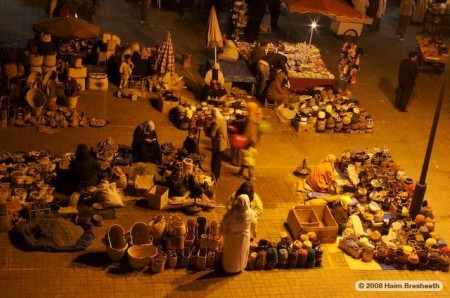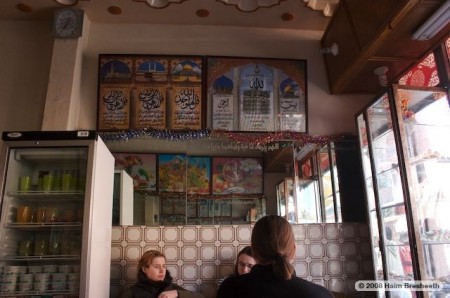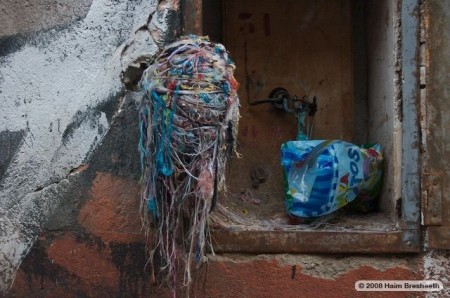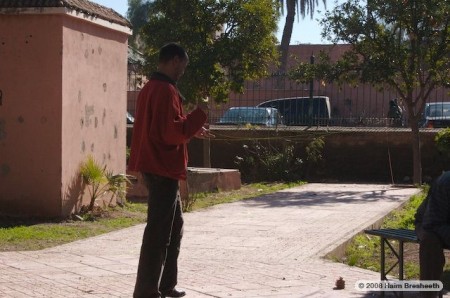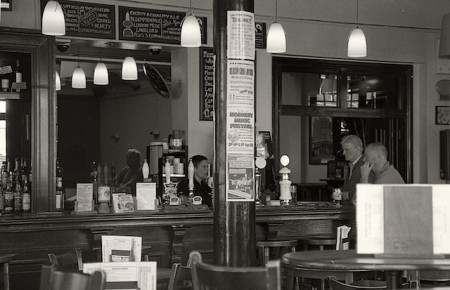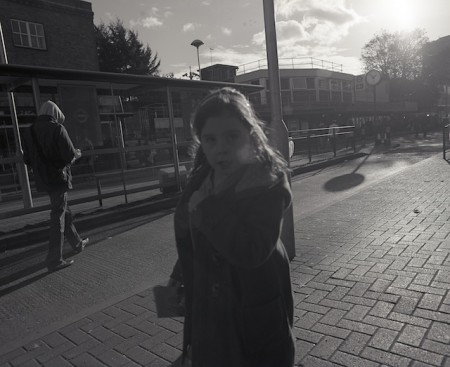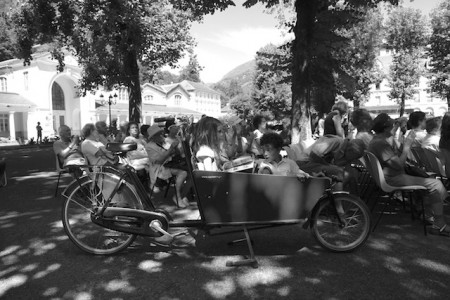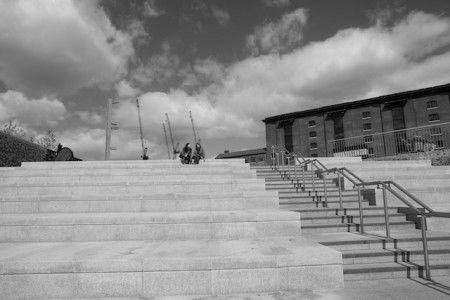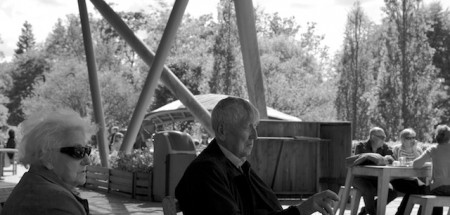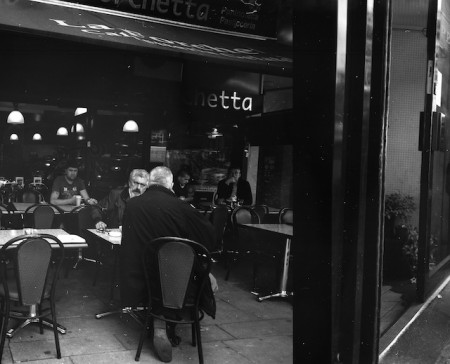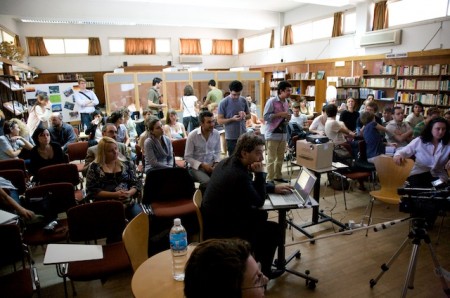
Conference session at the Goethe Institute, November 8th, 2008
organized by Socrates Stratis & Angela Melitopoulos
Any attempt to understand the rapid transformation of territories in the 21st century reveals shifting landscapes and moving boundaries, thus a continuous struggle for their redefinition through conflicts and exclusions. Different conditions of mobility and migration encouraged by the so-called ‘globalised world’ inscribe in material environments social and psychological borders. In this context Cyprus and its inherent division acts as one of the frontiers to the EU. The aim of this workshop is to explore such liminal spaces with a particular reference to Cyprus and the Middle East.
How are liminal spaces constructed and managed and how can one think them from an interdisciplinary perspective?
What dictates the organization and management of these liminal spaces? What facts on the ground challenge the actual negotiation of such “zones under construction”? How do liminal spaces relate to a larger genre of boundaries present in contemporary urban environments? How do continuous fragmentations and reconnections in liminal zones shape contemporary urban societies?
This seminar proposes to engage in several roundtable discussions as productive strategies and tactics encouraging engagement between publics fragmented by the limit. We would like to explore the interdisciplinary roles of visual culture and architecture as porous interfaces within such a territory.
The seminar will take place within the Department of Architecture (University of Cyprus) and the Goethe Institut Nicosia. It will bring together scholars and practitioners from Cyprus, France, Germany, Greece, Israel, Palestine, Turkey and the UK. “Liminal Zones” proposes the creation of a research platform that will be continued in the future as a model for exchange and production of diverse methodologies.
To see an enlarged picture, click on the thumbnail image. By clicking on the name you can find more details about the speaker and their topic.
 |
Mete Hatay, who has led the tour through the Turkish side of Nicosia, and works for a Norwegian charity. |
 |
Conference session on November 6th, at the School of Architecture, Nicosia University |
 |
Socrates Stratis, of the School of Architecture, during the tour to the Turkish side of Nicosia |
 |
Angela Melitopoulos, one of the two organisers of the conference, delivering her paper on The Blast of the Possible installation |
 |
Anna Grichting speaking on the Boundaryscapes: Recasting the Green Line of Cyprus, November 7th |
 |
Eyal Sivan, speaking on November 7th, on the Common Archive
|
 |
John Palmesino, speaking on the Cyprus and the World Without Borders, November 5th |
 |
Eyal Weizman gave the keynote address, on Future Archaeology, on November 5th
|
 |
Socrates Stratis, speaking on the Public Role of the Architect in Liminal Conditions, November 6th |
 |
Maria Loizidou speaking on November 6th, on the “Public Private Synergy Convoy” Project
|
 |
Rebecca Bryant, speaking at conference on The Spoils of History, November 7th |
 |
John Nassari speaking on Future Screens, on November 7th, on the right |















